Text




The 26th Endangered Species Mural in Del Rio, TX- the Mexican blindcat! See this blog post for more info.
3 notes
·
View notes
Text
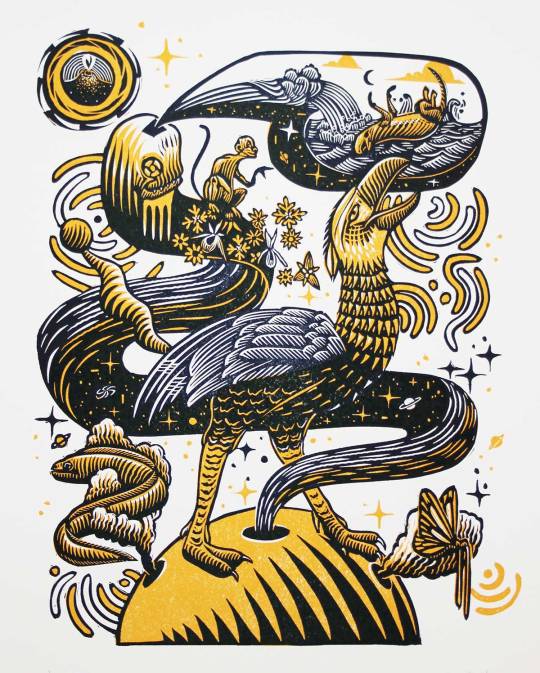
Augury, 2021, 10" x 13", 2-block letterpressed linocut
4 notes
·
View notes
Text

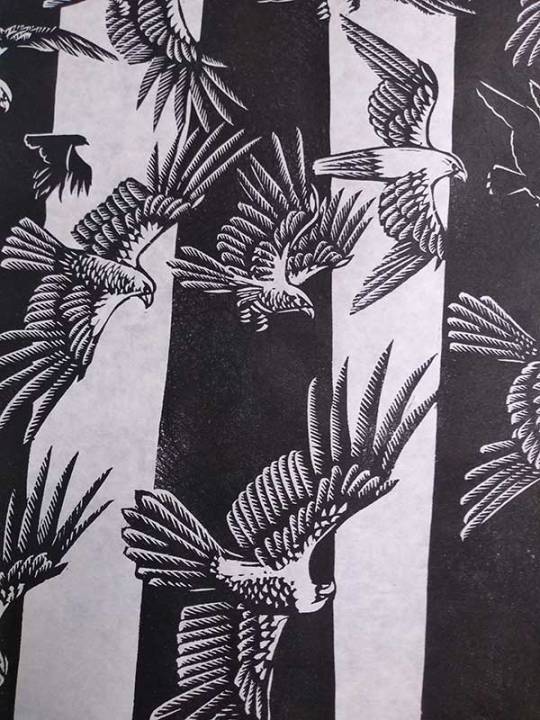

Obsolescence, 2021, 28" x 36", hand-burnished linoleum blockprint
7 notes
·
View notes
Photo
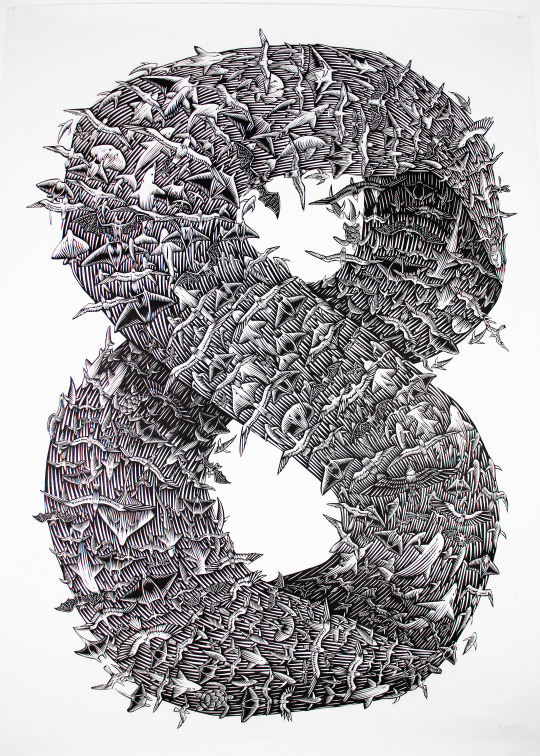
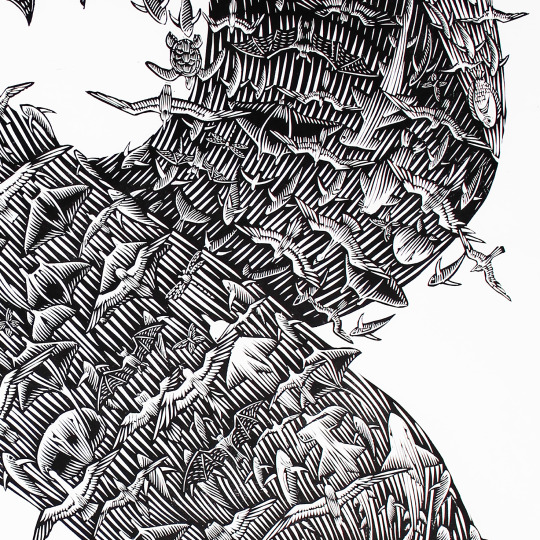

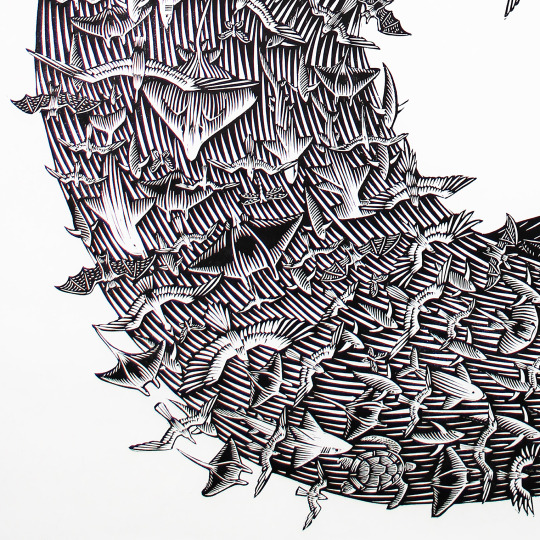


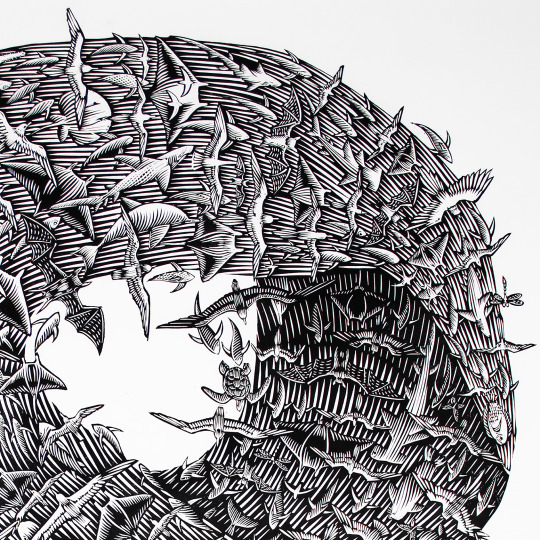



Firmament, 2021, 42″ X 58″, hand-burnished linoleum blockprint.
7 notes
·
View notes
Photo
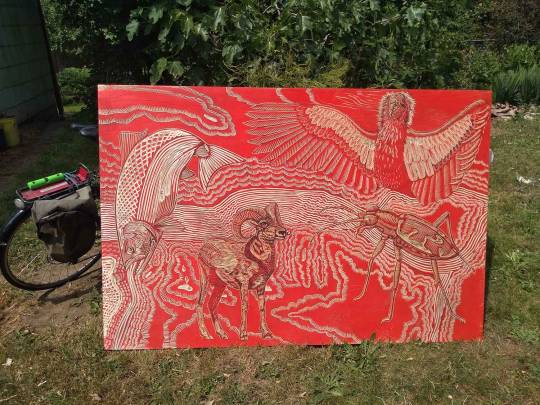
READ about this big block that I carved- part of the Exquisite Gorge project organized by the Maryhill museum, artists representing the history and present of the Columbia gorge in large-format woodcuts. HERE.
1 note
·
View note
Photo
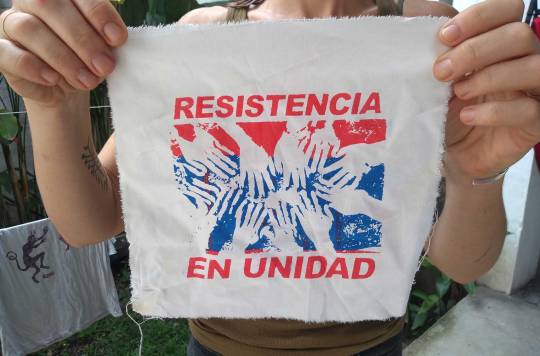
READ about a workshop in a remote encampment of former FARC guerillas in Colombia, teaching image creation, idea presentation, and basic screenprinting to the young people trying to fashion the now ex-military force into a political party. HERE.
0 notes
Photo
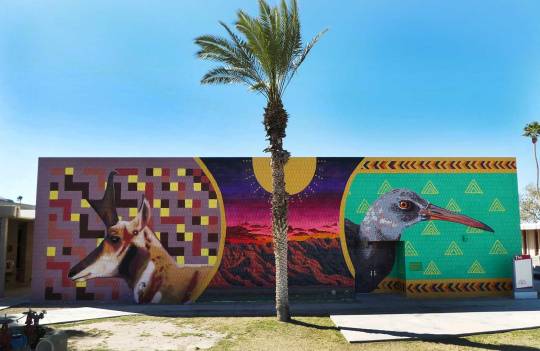
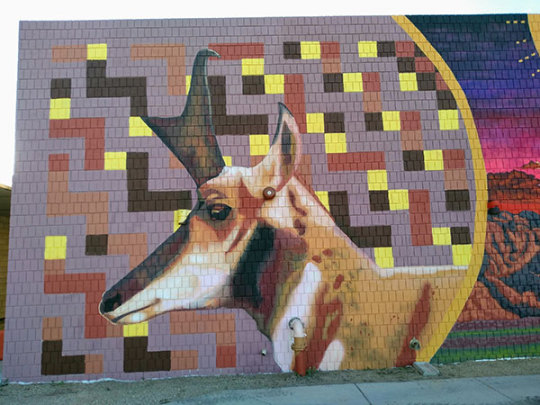

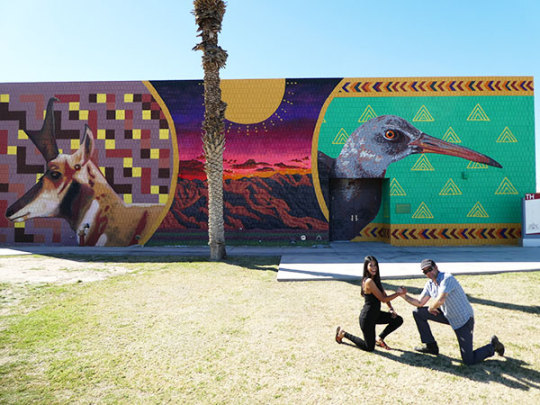
The 20th of the Endangered Species murals is finished, this time in Yuma Arizona on the campus of Arizona Western College. This installment features the Sonoran Pronghorn, smallest and fastest of the pronghorn subspecies, and the Yuma Rail, a quiet and camouflaged resident of the wetlands and reedbeds of the Colorado River region.
These two species continue our focus on the endangered wildlife of the US/Mexico borderlands, species affected by the militarization of the border and by the ongoing industrialization of the Colorado River and its water. The Sonoran Pronghorn population dropped precipitously earlier this decade to only 19 individuals, and surveys showed that at one point their populations were being disturbed on an average of once every four hours by border patrol activity. Imagine trying to mate in those conditions!
Pronghorn populations have since rebounded with captive breeding programs, but their habitat remains divided- the distinct groups under the flags of the two nations involved haven’t mingled in decades. On the day after we finished painting, a deal was announced to build fifty new miles of wall in the desert outside of Yuma, ensuring that those two groups will remain apart.
Nancy Meister, the head of the Yuma Audubon society, noted at the mural unveiling event that the only time she’d seen the Yuma Rail in the wild was thirty years ago, when the river in downtown Yuma was essentially the city dump. During a morning of picking her way through the riparian muck full of old refrigerators, tires, and rafts of municipal and household debris, she spotted a pair of rails performing a mating dance. Yuma has come a long way since then, but the continued drawdown of river levels for the massive agricultural interests in the valley threatens habitat all the way down to the delta at the head of the Sea of Cortez.
This mural was painted by me (Roger) and Lucinda Y. Hinojos from Phoenix, sponsored by the Center for Biological Diversity and the McKivergan family, and created in 9 days with acrylic paint.
1 note
·
View note
Photo

The phenomenon of shifting baselines is an idea first described by fisheries biologist Daniel Pauly, and it refers to the way that each generation sets a baseline for itself of what it considers ecologically normal, and then develops relationships with the natural world starting from there. It’s easy to see how successive generations would adjust their baselines lower and lower as the ravages of capitalism transform and diminish the ecological contexts that we inhabit. How can we fight back against this? We have to build hard baselines into the imaginations of young people, and help them see the deep and recent past with clear and open eyes. We have to help them refuse the inevitability of ecological destruction, and help them demand a living world from those in power- to build within its limits and fight to maintain its integrity for all our relatives. This print is a gesture towards the visible evocation of that idea.
Please note: the two split fountain layers of ink that combine to create this image show some variation- this is a natural part of the printmaking process, which in this case is entirely produced by hand. The image you receive may not precisely resemble the image shown here, but will be very close. The print is made on a heavyweight navy-blue printmaking paper from French Paper Mills in Michigan. Available here.
1 note
·
View note
Photo
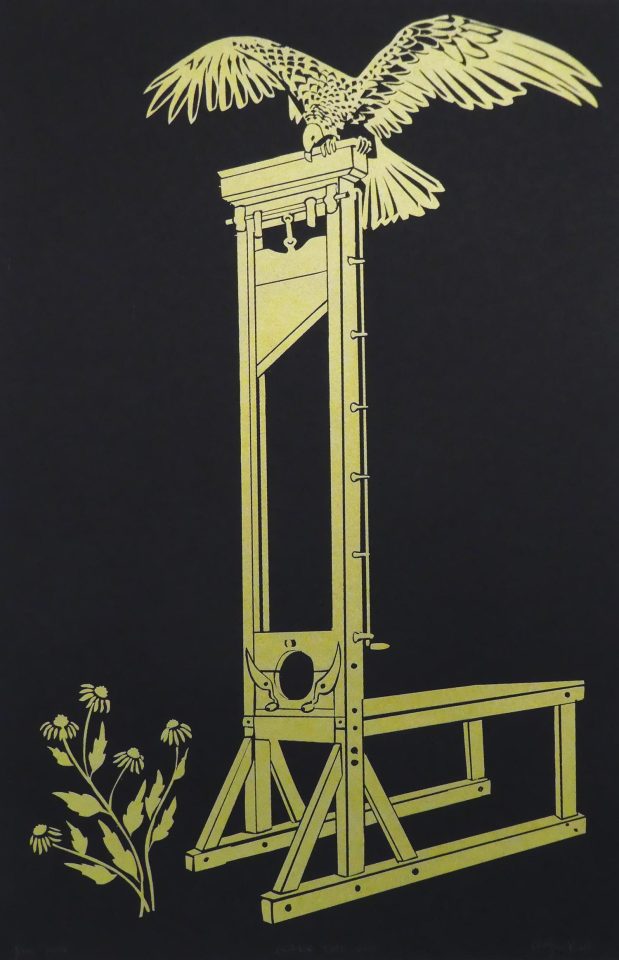
Reclaim the guillotine! One-color rubylith cut screenprint, gold ink on black French Paper. Here.
0 notes
Photo

I made a version of this image for the Justseeds Uprisings install in Milwaukee in 2013, and recently it seemed like it was time to update it. The idea for this came from the phenomenon of the murmuration, and the flocking behavior of many birds. In these great assemblies of flying creatures, each individual is maintaining their own position within the mass by constantly reassessing how far they are from each other, and the function of so many individuals flying together serves to provide some protection from predators. There are lessons in biology to be learned by people organizing for a better world, and this is one of the best. Available here
#print#poster#organize#murmuration#emergent#screenprint#rubylith#swifts#labor#roger peet#justseeds#silkscreen
1 note
·
View note
Photo

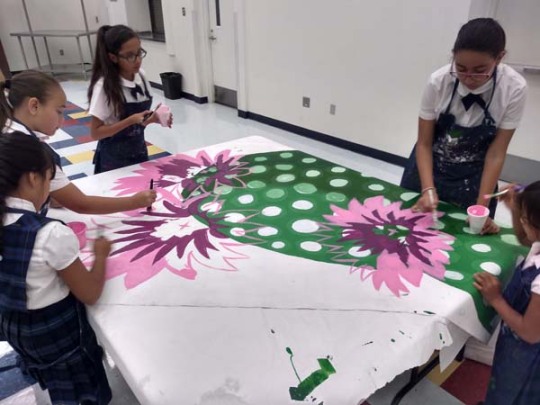




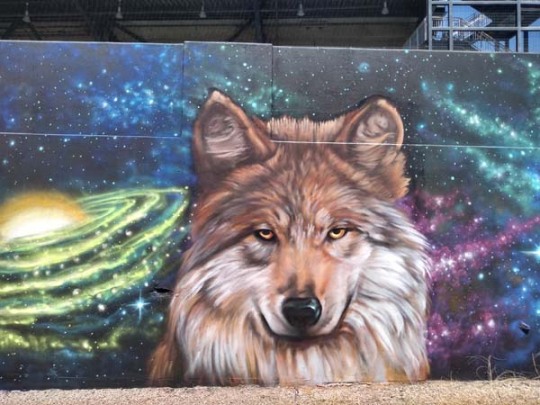
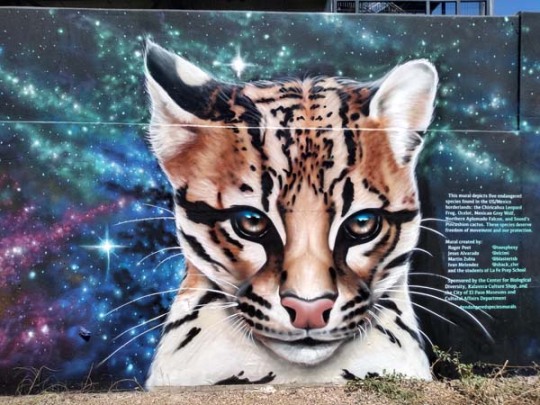
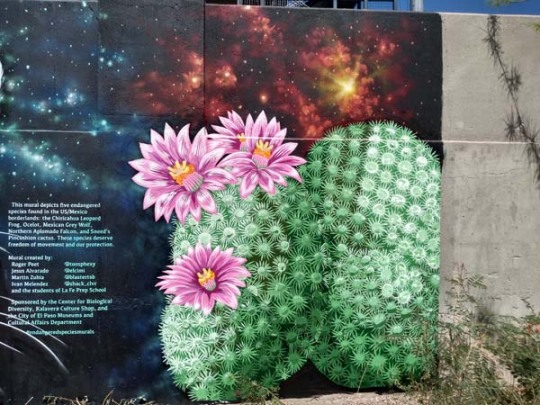
The sixteenth of the Endangered Species Murals is finished! This big wall is located near the Convention Center in downtown El Paso, Texas, and features five endangered species from the US/Mexico borderlands: the Chiricahua Leopard Frog, Northern Aplomado Falcon, Mexican Grey Wolf, Ocelot, and Sneed’s Pincushion Cactus. The mural was created by me and three other artists: Jesus “Cimi” Alvarado and Martin “Blast” Zubia from El Paso, and Ivan “Shack” Melendez from Ciudad Juarez. We also worked with the students of La Fe Prep school in El Paso’s Segundo Barrio neighborhood on the cactus. We employed a technique that was new to me- painting on a polyester substrate called Polytab, which is then adhered to the wall with a gel medium. This made it possible to work on the heads indoors at a downtown studio, and to bring the panels into the school to work with the youth.
It was a real pleasure to work with these artists and students to create this international collaboration, and I think it does a pretty good job of summarizing one big truth about the border- that these lands are intrinsically connected, that there’s nothing that separates them, and that the communities of humans, animals and plants that inhabit them deserve freedom of movement and protection from harm. You can read some great press on the project here, here, and here. This was sponsored by the Center for Biological Diversity (see all the murals in the series here) and the City of El Paso Museums and Cultural Affairs Department as well as Kalavera Culture Shop. Follow the artists on social media as @elcimi, @blastertsb, @shack_clvr, and @toosphexy.
#mural#project#el paso#texas#murals#street art#borderlands#ocelot#aplomado falcon#chiricahua leopard frog#sneeds pincushion cactus#mexican grey wolf#polytab#roger peet#el cimi#kalavera culture shop
2 notes
·
View notes
Photo
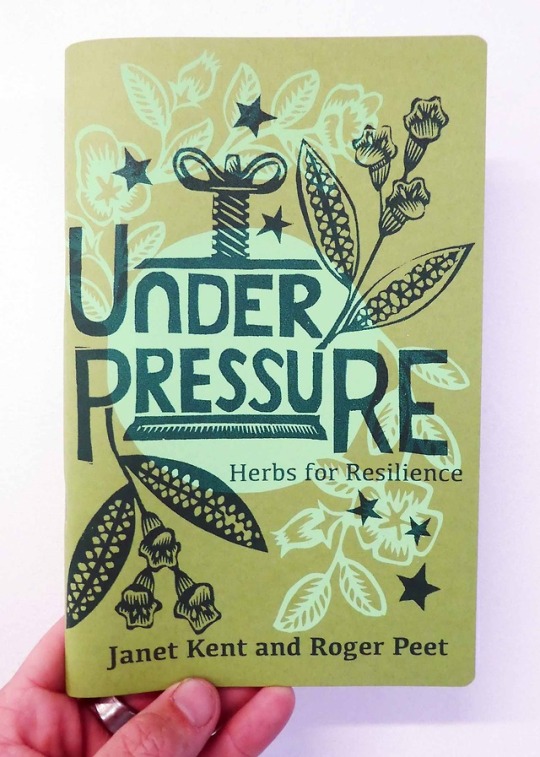
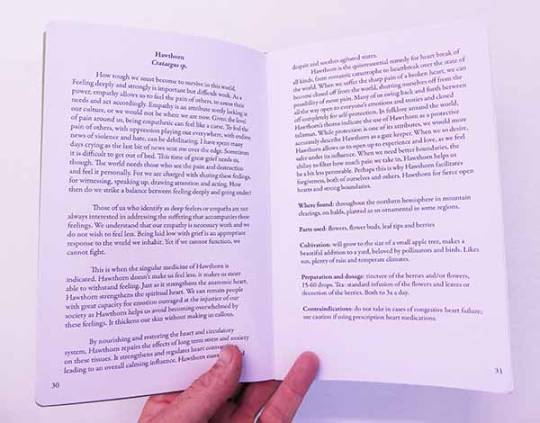


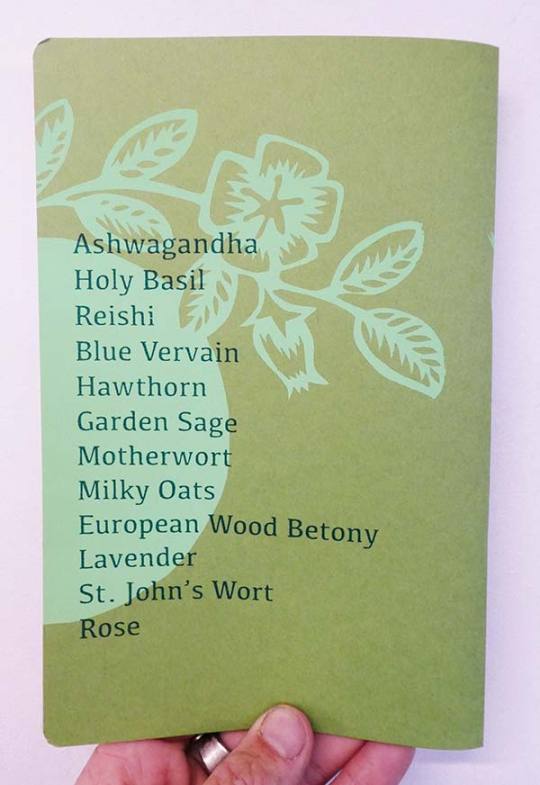
In physics, resilience is the word used to describe the ability of a body to withstand stress. For us, resilience means the capacity to recover from or adjust to misfortune or change. This guide to twelve plants that can help increase or enhance resilience in times of upheaval and uncertainty includes essays about the physiology of stress, instructions for making herbal medicine, and twelve essays about particular plant medicines, their indications, and their use, accompanied by original woodcut illustrations of each species.
This zine is a collaboration between my colleague and I: Janet Kent, an herbalist, writer, and founder of Medicine County Herbs and the Terra Sylva School of Herbal Medicine, both based out of rural Eastern North Carolina, wrote the essays. I did the woodcut illustrations.
The cover is screenprinted by hand on heavy 100lb stock.
#zine#herbalism#wildcrafting#project#screenprint#publication#janet kent#roger peet#justseeds#too sphexy#book
5 notes
·
View notes
Photo



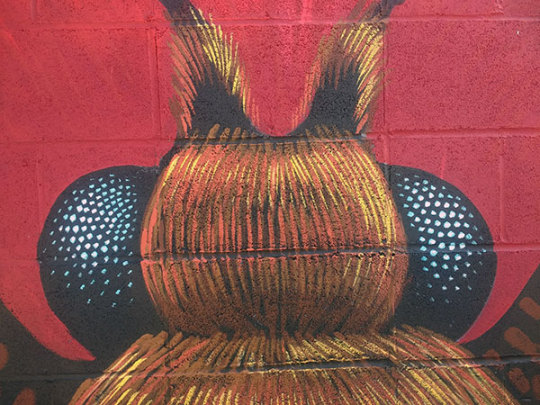

The Taylor’s Checkerspot Butterfly was once abundant in the valleys and prairies of the Pacific Northwest, but agriculture and land conversion have reduced its habitat to a few fragments and it clings to the edge of life.- This is another in the Endangered Species Mural Series that I curate and produce for the Center for Biological Diversity This is located in downtown Cottage Grove, OR. Check it out if you’re in the south Willamette Valley!
#mural#street art#taylors checkerspot butterfly#endangered species murals#endangered species#center for biological diversity#Roger Peet#justseeds
61 notes
·
View notes
Photo
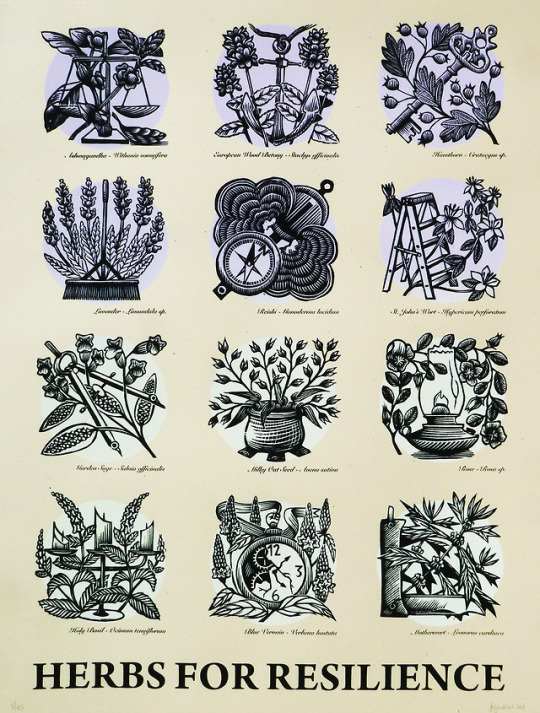
Twelve woodcuts featuring plants that are useful in medicinal form during times of stress. These are part of an upcoming publication project by myself and Janet Kent of Medicine County herbs- a zine called Under Pressure, about the use of these plants to help us all deal with the tough times we currently inhabit. This print is available through me or soon via Justseeds.
#herbs#herbalism#nervines#resilience#woodcut#relief print#illustration#print#printmaking#screenprint#poster
7 notes
·
View notes
Photo
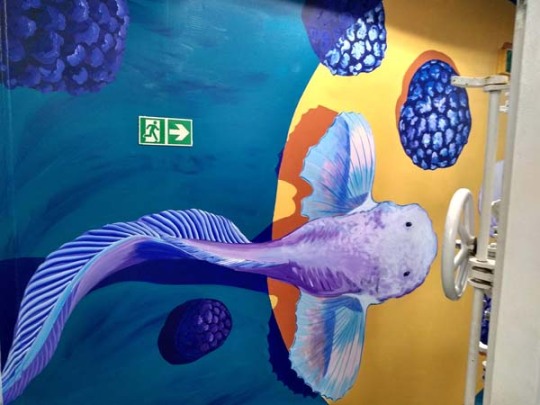

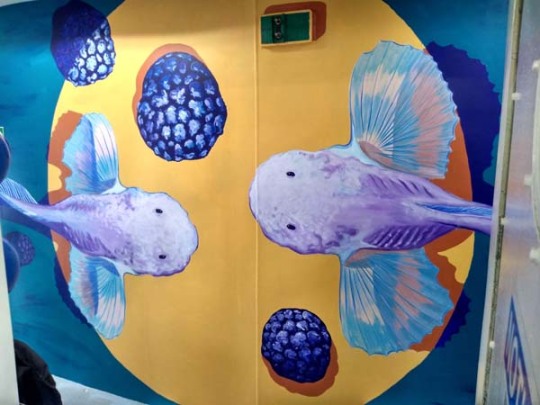
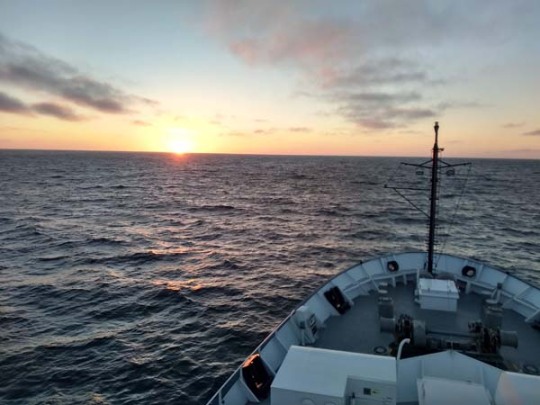

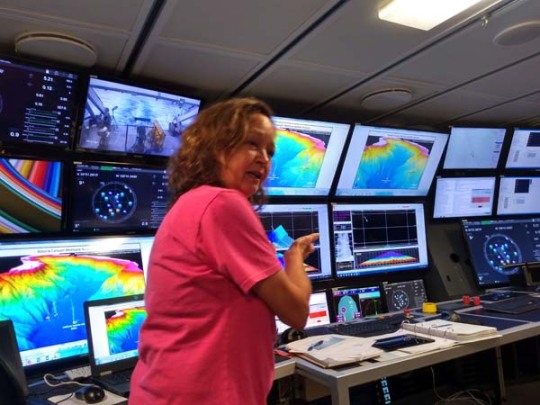



I spent a week aboard the R/V Falkor, science vessel of the Schmidt Ocean institute, painting a mural in the aft passageway on rolling seas. The subject: the Ghostfish, deepest fish ever recorded, found at the bottom of the Mariana trench when it swam in front of of a camera operated by scientists aboard the Falkor. A pleasure to be invited, a challenge to paint, and a satisfactory result.
4 notes
·
View notes
Photo
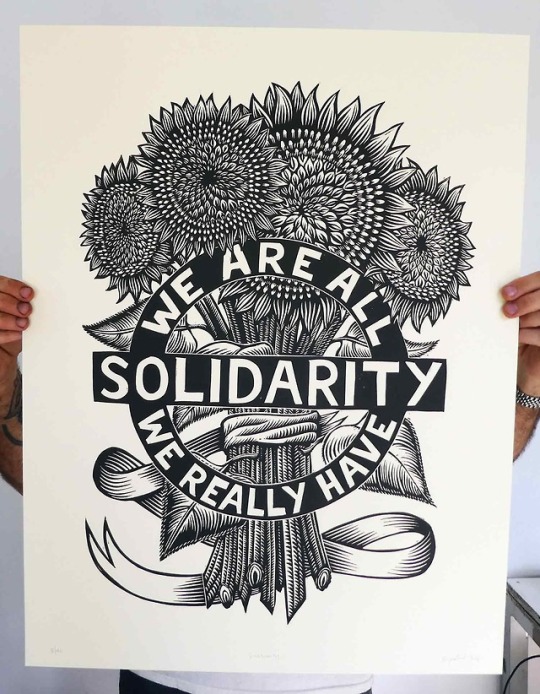
This block was carved while in residence on the shores of the vast and alkaline Summer Lake in eastern Oregon, about thirty miles directly across the shallow milky waters from the site known as Paisley Caves- the oldest inhabited site in North America above 1000 feet. The need for solidarity is one of the most fundamental- it's how we will get to the better future we imagine. If we fight together, we fight to win.
This was hand-printed with sepia ink on the Charles Brand etching press at Flight 64 studio in Portland. The paper is 100% cotton, 100lb Cranes Lettra Acid-free Printmaking paper in an ecru color. The edition size is 40.
20" x 26". Available here. Also available as a free downloadable graphic on Justseeds.
#print#linocut#solidarity#socialism#anarchism#sunflowers#sunflower#relief print#roger peet#too sphexy#justseeds#fine art#contemporary art
40 notes
·
View notes
Photo

A print made from a single rubylith stencil, gold ink on heavyweight black French Paper, featuring everyone’s favorite piece of civic infrastructure. Available at Justseeds, or directly from me.
1 note
·
View note